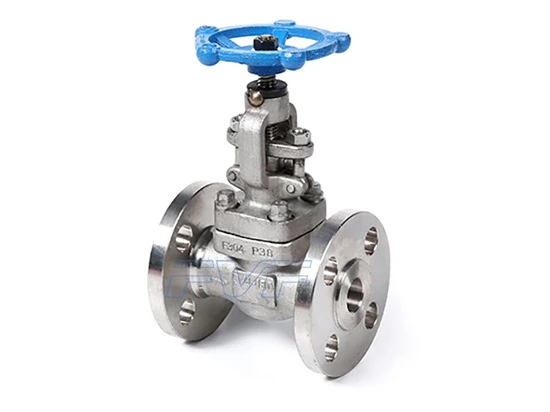Key Points And Precautions For Selecting Forged Steel Stop Valves
It is crucial to choose the right valve in the fluid control system, and forged steel stop valve is a frequently used valve type. The following will introduce the key points and precautions for selecting forged steel stop valves.
Key points for selecting forged steel stop valves:
1. Working conditions: Select the model and material of the forged steel stop valve according to the specific working conditions. Consider factors such as working pressure, temperature, and medium to ensure that the selected valve can meet the working requirements.
2. Flow requirements: Determine the size of the valve according to the flow requirements of the system. Valves that are too large or too small may lead to inaccurate flow control.
3. Sealing performance: For occasions that require tight sealing, forged steel stop valves with good sealing performance should be selected to prevent leakage and fluid backflow.
4. Valve type: Select a manually operated forged steel stop valve or an automatically controlled valve, such as an electric or pneumatic actuator, according to specific requirements.
Precautions for forged steel stop valves:
1. Nominal diameter and pressure rating: Ensure that the nominal diameter and pressure rating of the selected forged steel stop valve match the requirements of the pipeline system to ensure the normal operation of the system.
2. Material selection: Select suitable forged steel materials according to the characteristics of the medium to ensure the durability and stability of the valve in high temperature, high pressure and corrosive environments.
3. Maintainability: Considering the maintenance and repair issues in long-term use, select forged steel stop valves that are easy to disassemble and maintain to reduce maintenance time and cost.
Summary:
Choosing the right Forged Steel Globe Valve is an important step to ensure the normal operation of the fluid control system. When selecting, consider key points such as working conditions, flow requirements, sealing performance and valve type, and pay attention to nominal diameter, pressure level, material selection and maintainability to ensure that the selected valve meets system requirements and has stable performance and reliable operability.
